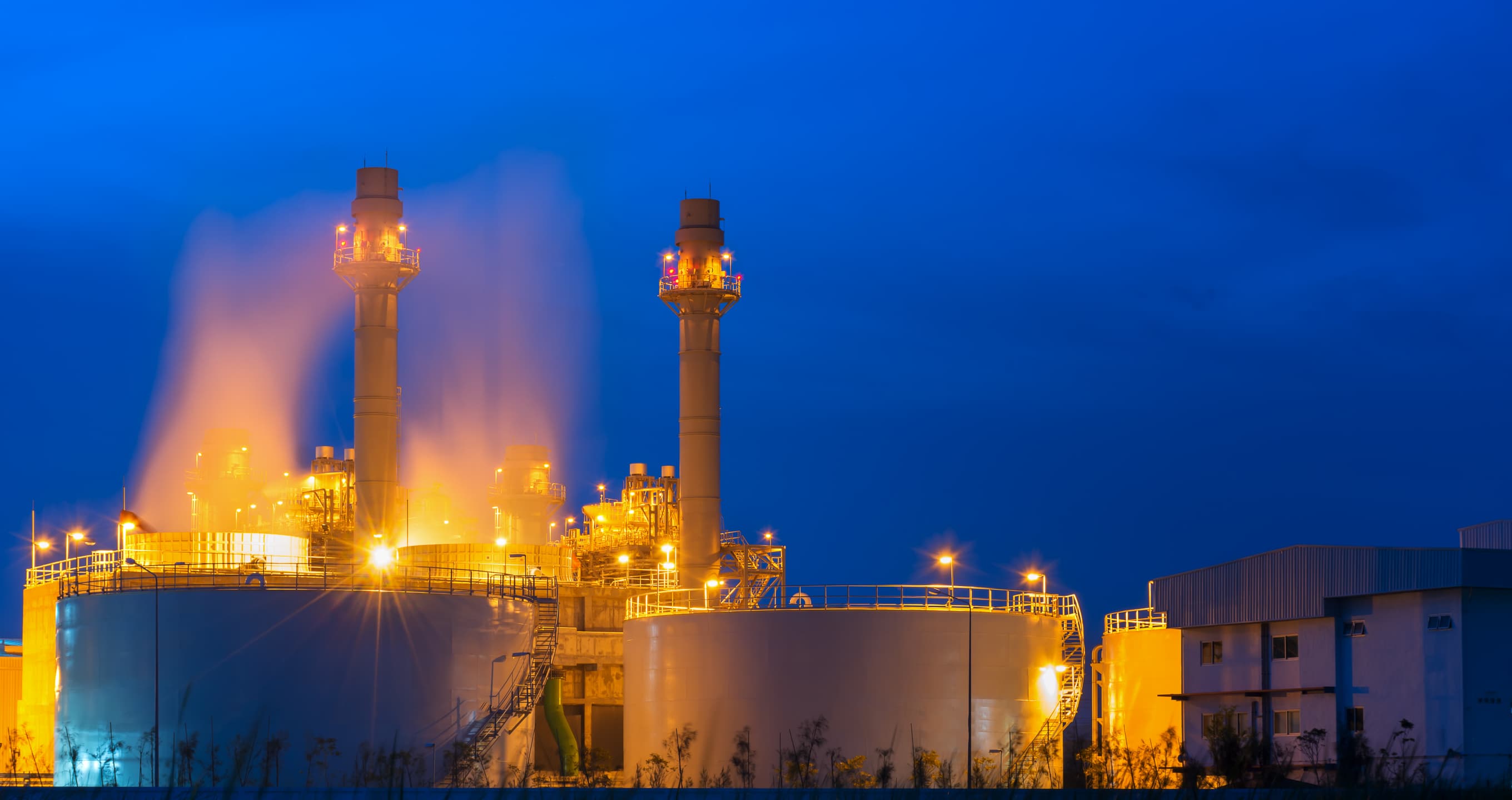Budget 2017: Electricity and the Environment

Electricity affordability and accessibility remain an issue across Australia as this summer saw mass black outs across the country and the Australian energy market has struggled to keep prices down. In the federal budget released on Tuesday Scott Morrison outlined the Prime Minsters energy plan.
Morrison promised the PM’s plan will provide ‘reliable and affordable energy for Australians, coping with rising electricity prices’. Including 75 million dollars in funding for Snowy Hydro 2.0; which the government says will help aid South Australia’s energy crisis by adding to existing gas and solar power back ups. As well as an even bigger, 90 million dollar investment in gas over the next four years. The 90 million in gas funding includes a 28 million investment in the domestic private gas market to speed up the development of onshore gas plants, a potential pipeline into South Australia to provide gas from the Northern Territory and Western Australia, and funding for “onshore unconventional gas”.
Unconventional gas means the gas is usually hard to extract and could mean fracking. So even though the PM is promising to shore up the electricity grid through gas production, most of the 90 million he is putting forward, like the pipeline and the onshore gas production, is still subject to environmental reviews that might prevent these projects from ever happening.
But while this budget does seem to be investing in renewables, and The Australian Renewable Energy Agency got 1.2 billion in grant funding and the Clean Energy Finance Corporation received 3 billion, tuesday’s budget does little else to address long term climate change, only 600,000 dollars in funding for climate change research, and that funding disappears by 2018.
